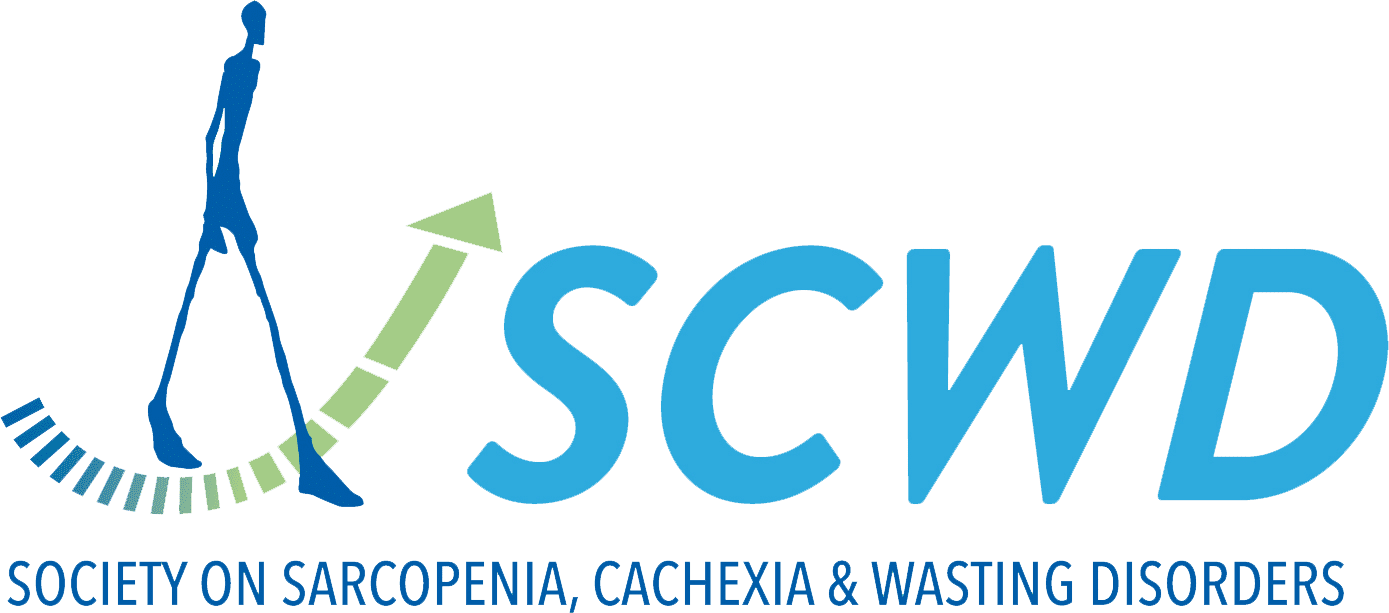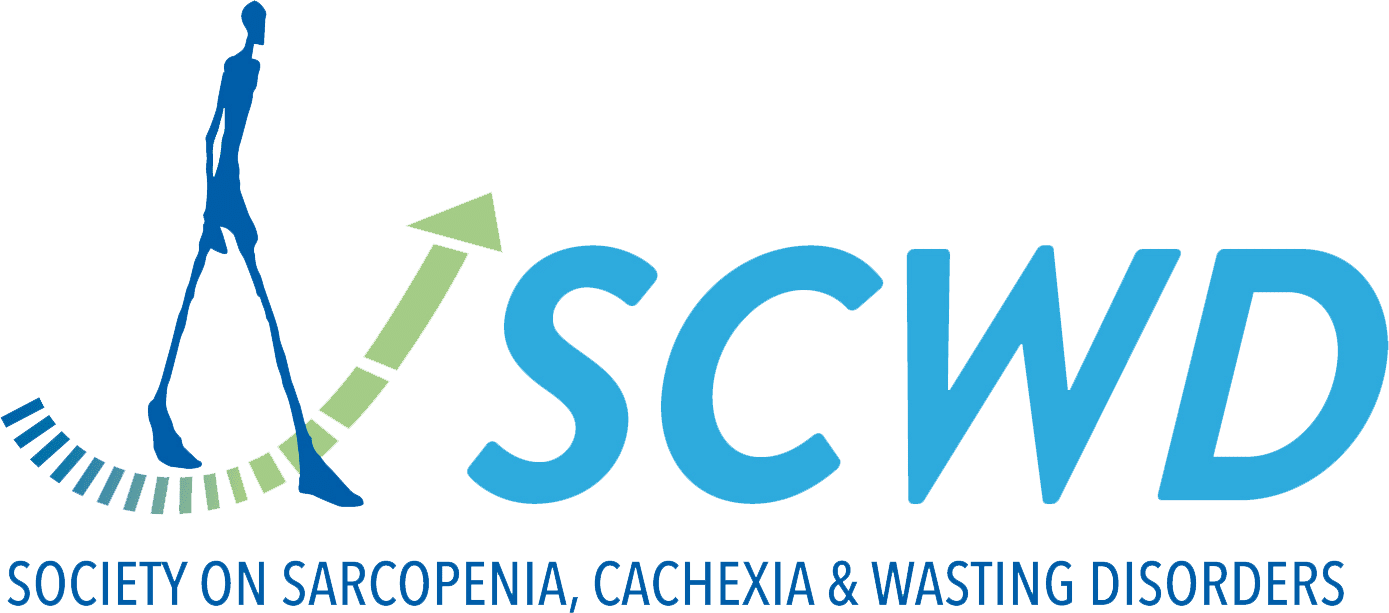The inflammatory response in muscle homeostasis and plasticity: a review
Article: The inflammatory response, a mixed blessing for muscle homeostasis and plasticity
Around half of a healthy person’s body weight is made up of skeletal muscle. This type of muscle is able to demonstrate high levels of plasticity. In muscle homeostasis, as well as repair processes, there are satellite cells and inflammatory cells which play key roles. However, if the recruitment of inflammatory cells is not carefully controlled, muscle atrophy and fibrosis may occur, leading to muscle function impairment. Hence, the inflammation occurring in muscle repair as a double-edged sword. This is because inflammatory mediators play a role in fighting pathogens as well as in the formation of mature myofibres, but may also cause damage to the muscle. For example, inflammation is also associated with cachexia – specifically, there is a correlation between cachexia and high levels of circulating cytokines.
This paper also ends with a summary of approaches to treating muscle wasting disorders, such as cachexia, discussing exercise, nutritional interventions and targeting inflammatory pathways.
This review by Bouredji Z et al. aimed to discuss inflammation in muscle homeostasis and repair, as well as some management approaches to muscle wasting disorders such as cachexia.
Key learnings Although the inflammatory response is a key factor in cachexia occurring, it is important to consider the important role that inflammatory cells also play in muscle homeostasis to ensure muscle wasting disorders are correctly managed.
Reviewed by: Z. Beketova
Authors: Bouredji Z, Argaw A & Frenette J
Published in: Front Physiol 2022


